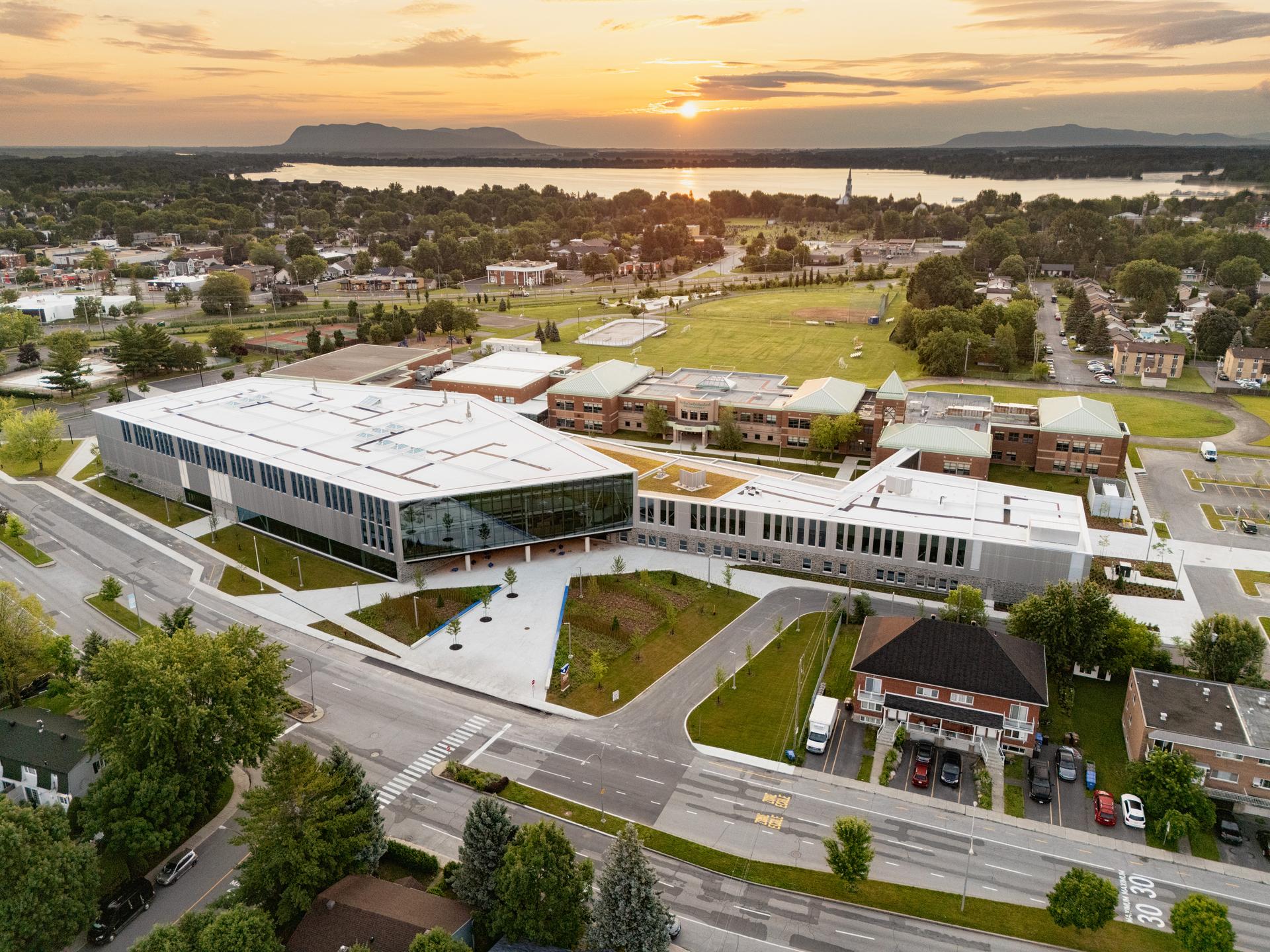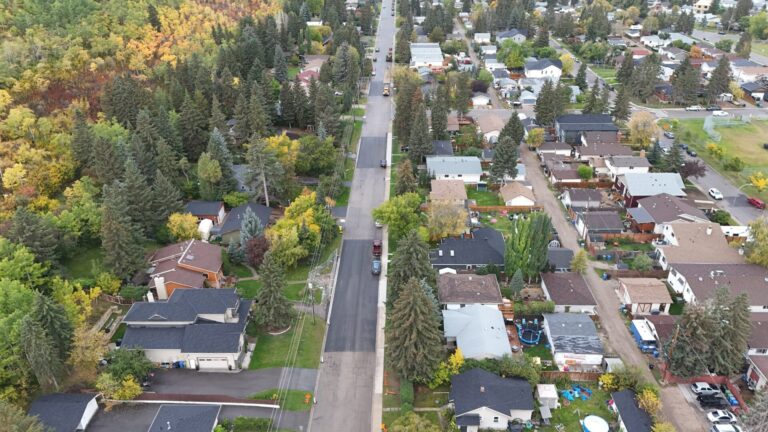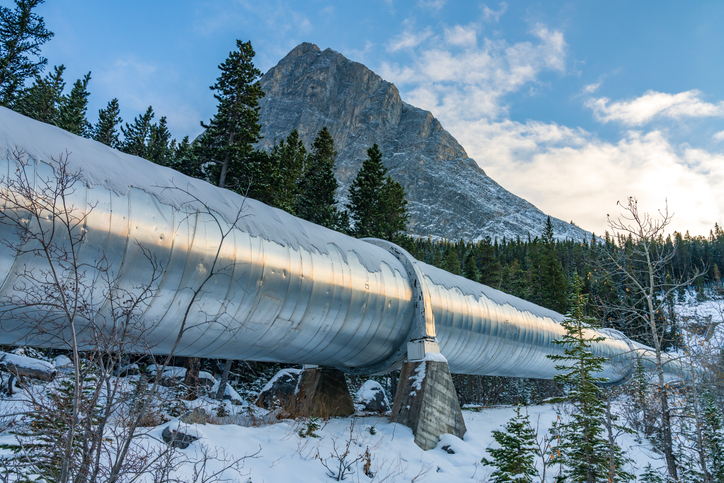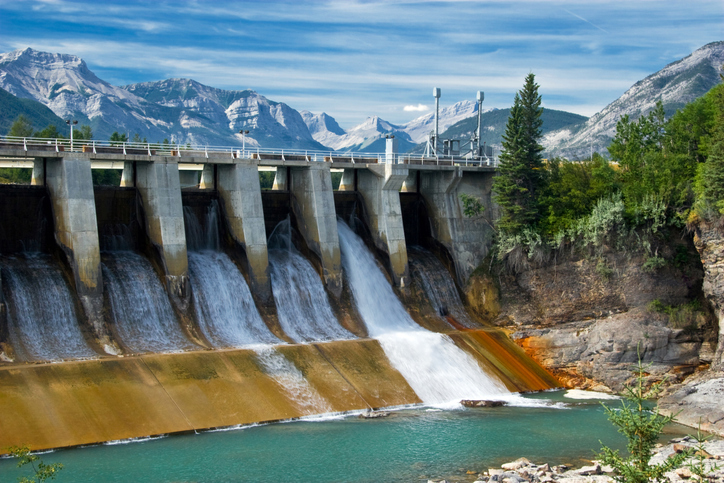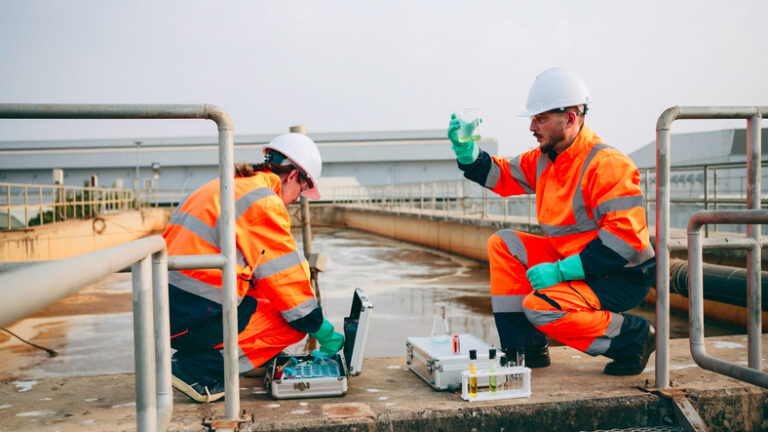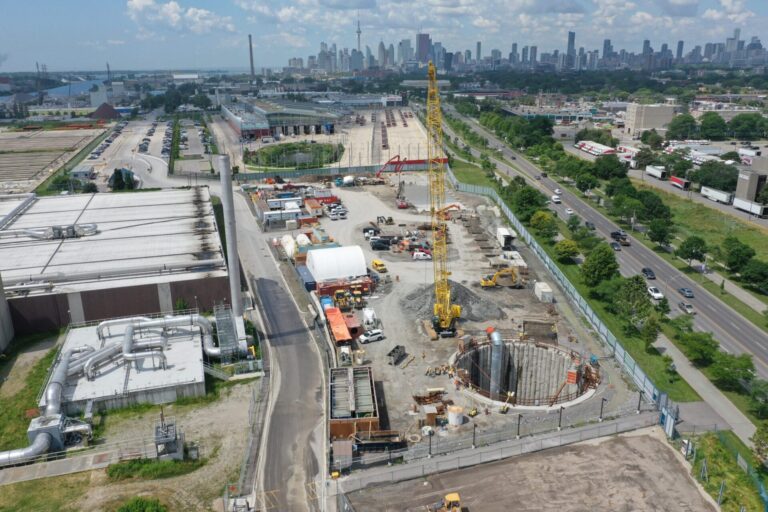Did you know that on average, the equipment required for the construction of a single building generates at least 455 tons of CO2e? That is equivalent to the annual emissions of 100 cars. Almost half of the emissions generated are used to heat sites during construction, or to supply temporary electricity, via generators. Mobile equipment, such as excavators and cranes, contribute to 38% of emissions, while the remaining emissions come from workers’ vehicles.
To reduce its environmental impact, Pomerleau committed to the Government of Canada’s Net-Zero by 2050 challenge. The company has been focusing on its Scope 1 and 2 emissions for the past few years and is preparing its decarbonization roadmap, incorporating Scope 3 emissions.
The 2050 target includes the company’s direct emissions, as well as those coming from the production and transportation of construction materials, and the use of the infrastructure by occupants over its lifecycle.
To succeed in this journey, collaboration with clients and partners is paramount. As a contractor committed to making its operations net-zero, Pomerleau is already providing solutions at different stages of projects.
Choosing low carbon materials
The usage of low-carbon materials, like mass timber, has become more prevalent on construction sites. Pomerleau has been constructing with mass timber for over 20 years, completing more than 20 projects worth more than one billion dollars.
Wood requires six times less carbon for its production than steel or concrete while storing one ton of CO2/m3 during its growth. Pomerleau has adapted its practices to optimize the usage of mass timber, developing on-site techniques for controlling wood moisture, waterproofing wood elements, monitoring the humidity of timber elements in real time, and enhancing fire protection systems.
To help clients and designers select low carbon options such as mass timber, Pomerleau offers life cycle analyses to reduce the environmental impact of its projects, starting from the design phase. Using Building Information Modelling (BIM) and 3D models, the company can determine how much carbon is required to produce and transport building components on-site.
Moreover, Pomerleau has considerable expertise in delivering sustainable projects and achieving certifications, such as LEED, Zero Carbon and Passive House. By choosing materials with a low-carbon footprint right from the design phase of the project, integrating energy efficient systems into projects, and managing end-of-life residual materials, the constructor is providing solutions to the industry’s biggest environmental challenges.
Reducing the impact of construction activities
Pomerleau provides services to reduce on-site emissions. An example of this is the Green Site Program, which allows Pomerleau’s clients to assess, reduce and compensate the carbon footprint of the construction phase of their project. It is also an opportunity for Pomerleau’s clients to have a direct impact on their GHG emissions, and to work towards their reduction goals.
The Heat Better Challenge, driven by collaboration among different Pomerleau teams, is another initiative the company took to reduce its CO2 emissions. The challenge aims to expand the use of smart heaters, improve temporary insulation and increase the use of electric units. Overall, 17 project teams participated in the 2023-2024 challenge, installing more than 150 units and reducing 1,500 tons of CO2e.
Energy efficient buildings and energy transition infrastructure
In 2023, 70% of Pomerleau’s revenue was made up of sustainable projects, including those aiming for sustainable certification or using low-carbon materials, as well as projects contributing to climate change mitigation, such as transit and renewable energy. The Haleco residence and commercial mixed-used tower in Montreal is one of those projects.
The design and structure of Haleco promotes carbon reduction and circular economy practices, as well as a sustainable and community-focused lifestyle. The designers surpassed the usual energy-saving parameters for residential buildings by proposing an envelope that stands out for its thermal resistance and energy efficiency, meeting the requirements for LEED Platinum certification. The tower is equipped with a 100% electric system, connected to local energy supplier. This project, where Pomerleau acted as the LEED consultant and builder, serves as an example for future residential buildings in Canada.
The road to net-zero in construction involves choosing low-carbon materials, minimizing construction impact, and promoting energy-efficient buildings and infrastructure. Through collaboration with clients, investors and partners, Pomerleau is determined to work towards achieving this goal by 2050.

